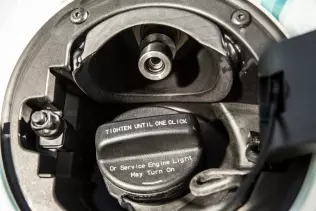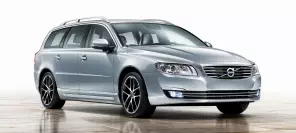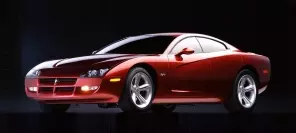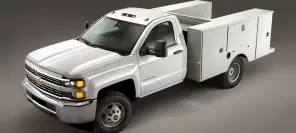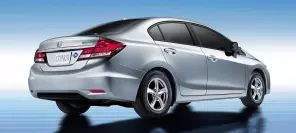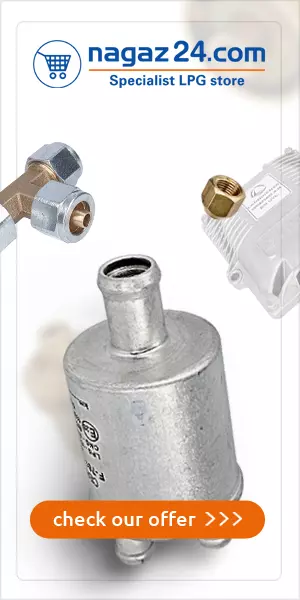- Main page
- Search
- Up to date
- Products
- Technology
- Vehicles
- Video
- Conversion Payback Simulator
Port Injection - Conversion Payback Simulator
Direct Injection - Conversion Payback Simulator
Diesel - Newsletter
Chevrolet Impala CNG - as agile as a gazelle
 loading results...
loading results...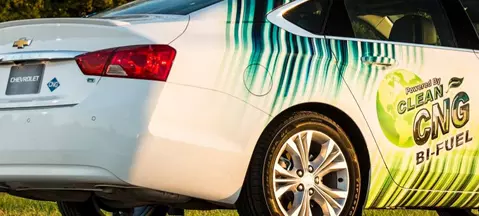 © Chevrolet
© Chevrolet 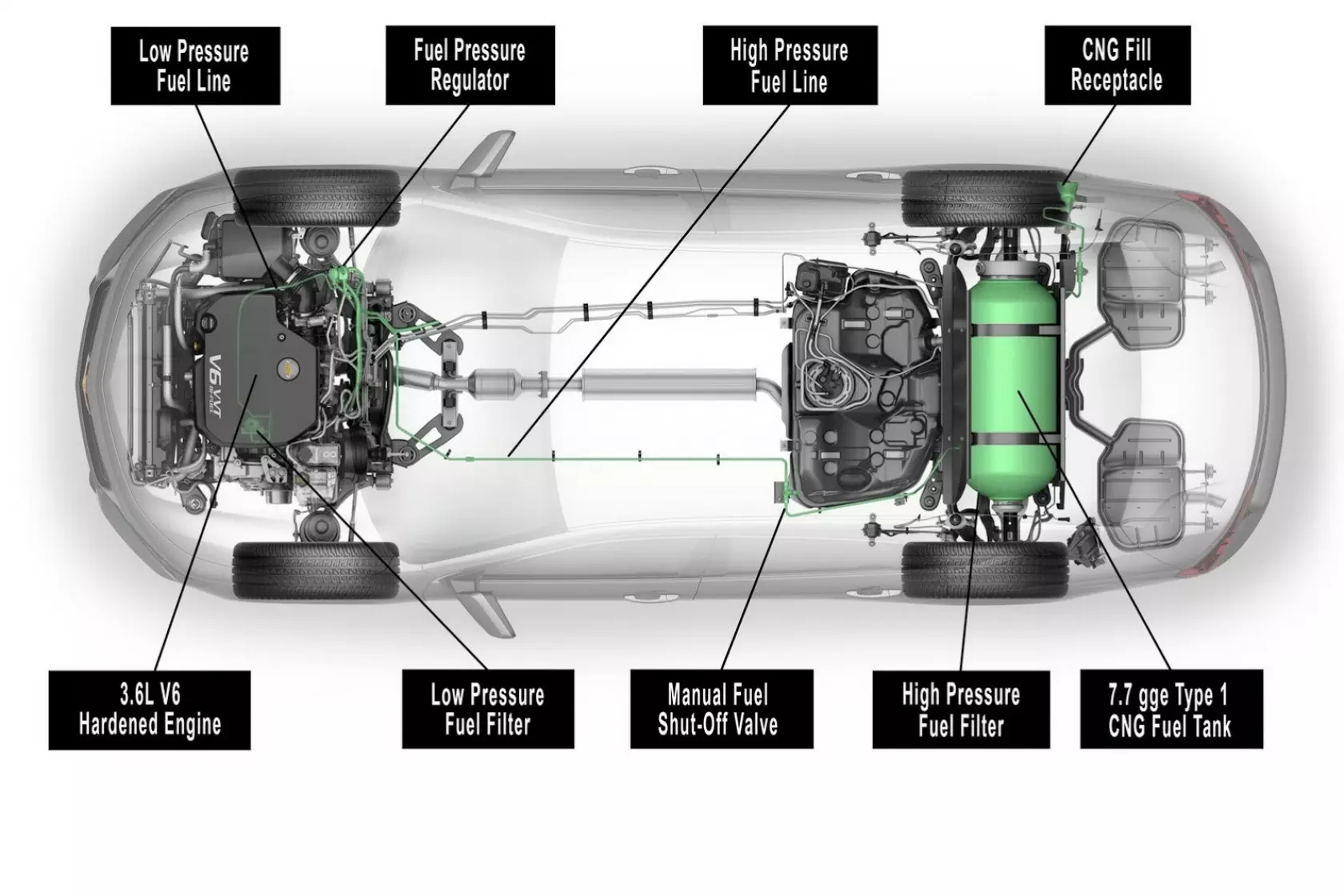 So that's how it works, more or less
So that's how it works, more or less 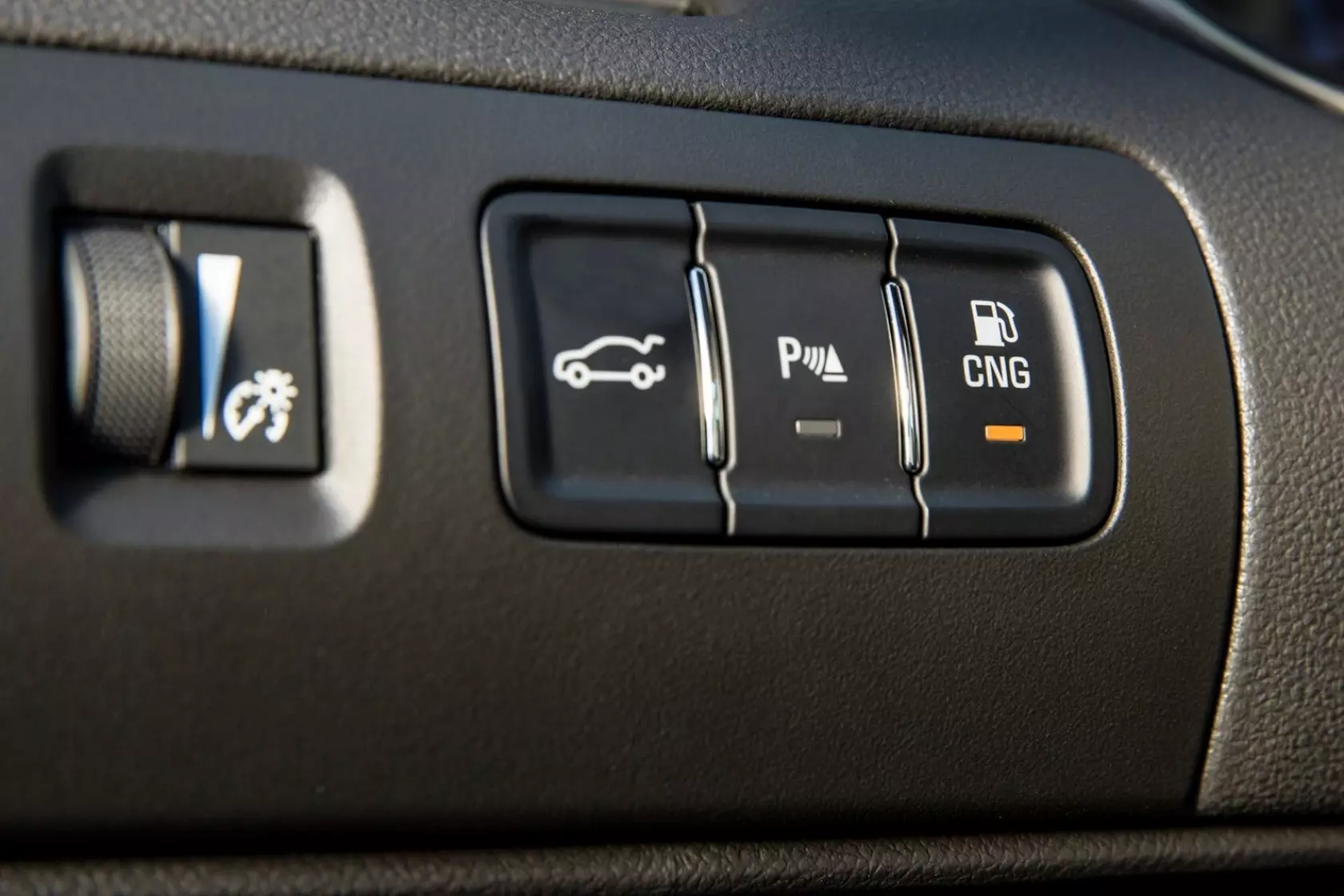 Memorise the location of the CNG switch just to make sure you don't accidentally use it
Memorise the location of the CNG switch just to make sure you don't accidentally use it 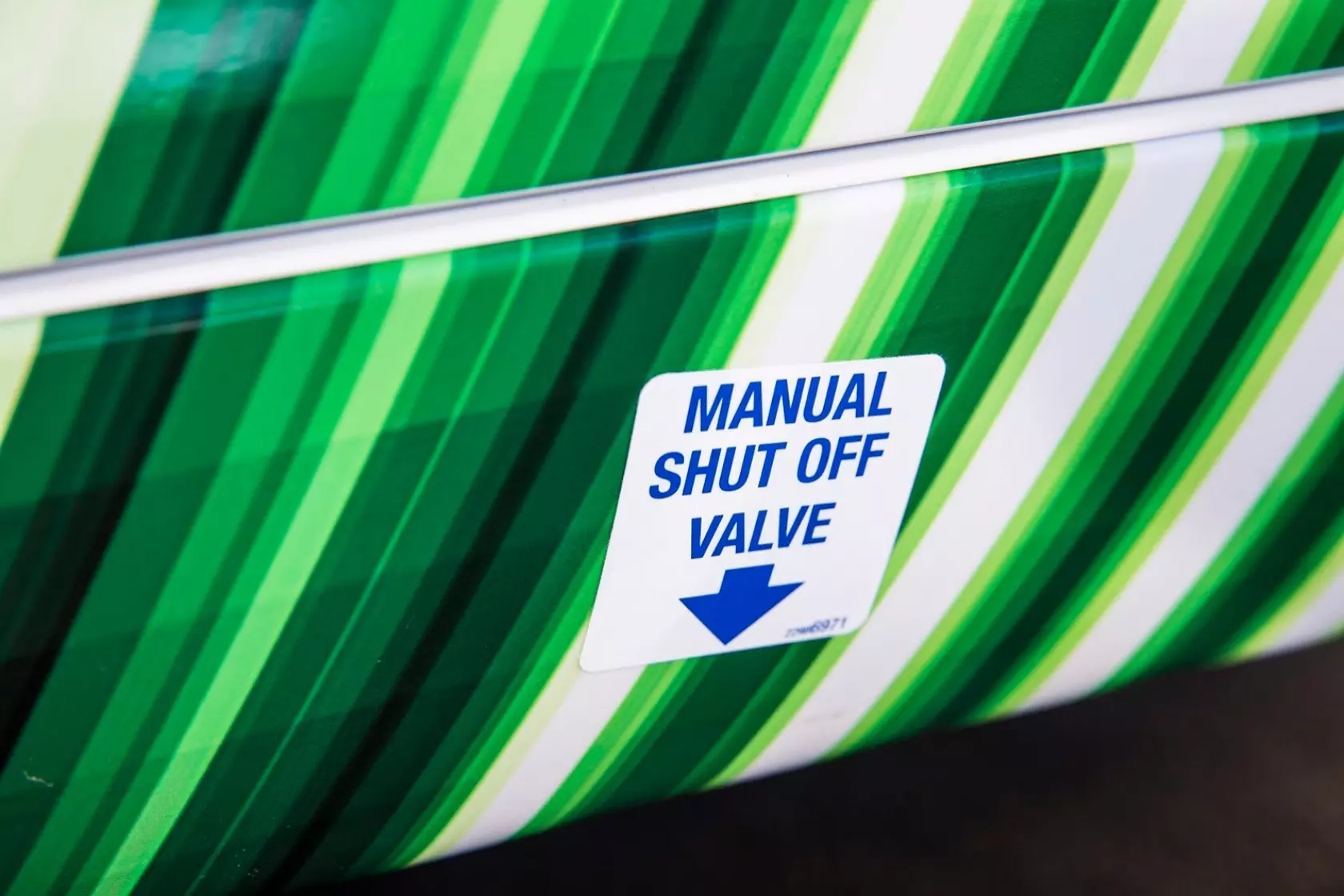 Remembering this location may prove useful, however. Although it better didn't
Remembering this location may prove useful, however. Although it better didn't 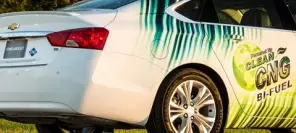



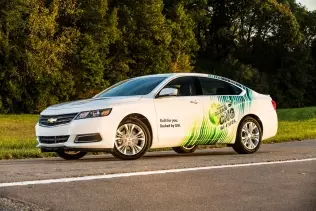 © ChevroletApparently, a large car doesn't need to have the fuel economy of an ocean liner and emit as much as an erupting volcano
© ChevroletApparently, a large car doesn't need to have the fuel economy of an ocean liner and emit as much as an erupting volcanoChevrolet chose the date to unveil the car very precisely as it was presented during an energy summit held to commemorate the 40th anniversary of the outbreak of the 1973 oil crisis. It was then, as OPEC countries had introduced an oil export embargo, that mankind finally realised global oil resources aren't a bottomless well and so engine displacement and fuel consumption figures can't just grow endlessly.
American carmakers were apparently hit hardest by this sudden awakening. Desperately trying to downsize their cars in the shortest possible time, the Big Three got completely lost in terms of styling (well-proportioned cars became a thing of the past) and good taste, e. g. transforming the iconic Mustang into a mediocre workhorse, unworthy of its galloping steed badge. It took Detroit over 30 years to recover and now finally we again see US-made cars that don't cause eyes to hurt when looked upon. And thanks to alternative fuels they can be big again with little or no remorse.
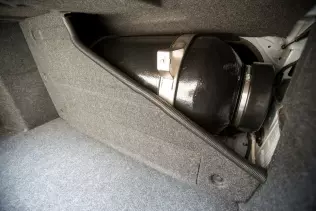 © ChevroletThe tank "hides" behind a baffle in the trunk. For display purposes it has been partially dismantled
© ChevroletThe tank "hides" behind a baffle in the trunk. For display purposes it has been partially dismantledThe Impala may look like a Kia Optima on steroids, but it's a handsome car and, at 5,1 m in length, it's Chevrolet's biggest passenger car (trucks excluded). The current incarnation of the sedan popular both with fleets and individual buyers is still fresh on the market and the optional factory-fitted CNG system is bound to make it even fresher (in terms of exhaust "breath”, that is). According to official data, overall range (on petrol and natural gas combined) is some 500 miles/800 km, but unfortunately the figure for CNG alone hasn't been published. The pressure tank is located behing the rear seat and separated from the boot by a sturdy, yet removable wall.
From there compressed gas goes up front to reach the modified-for-CNG 3,6-litre V6 engine. Being the largest motor in current Impala's lineup, it should have no problem motivating the 1,7-tonne car, even if back in the 1960s and 70's the Impala sported engines twice as big. Thanks to CNG, the full-sized Chevy's bound to become gentler on the ears (the motor runs more silent), the wallet of the owner (CNG is roughly half the price of petrol) and the environment (CO2 emissions drop by some 20%).
The driver can change type of fuel at will, using the button placed to the left of the steering column. It's admittedly hard to imagine why anyone should willingly switch from methane to petrol, but yes, the option is there to use. For example, when you're running low on CNG and face a limited traffic area ahead, you may in fact switch to petrol while you can in order to switch to CNG later. Otherwise, you may well forget about the button and let the engine-managing electronics do the rest. And by the way: we're wondering if there's going to be an LPG autogas-powered Impala, too. Not that it really matters for us here in Europe, but still...
You may also find these interesting:
 loading results...
loading results...
